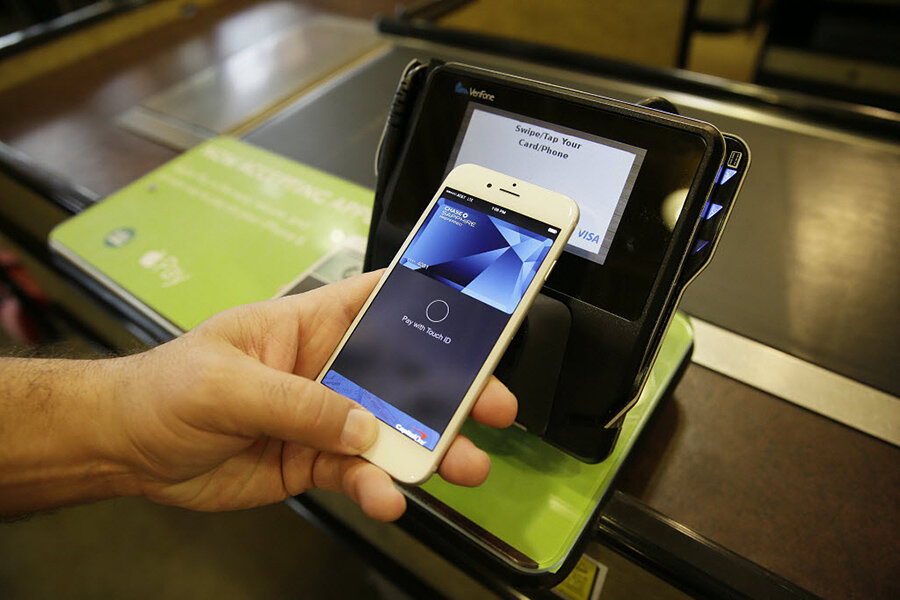The mobile payments giant, which spun off from online auction site eBay in 2014, represents a reversal of many technology companies' typical strategies on mobile payments. The service had long functioned as a digital wallet, allowing users to send and receive money.
In 2013, it revamped its mobile app to focus on a better retail experience, allowing customers to order ahead and pay for purchases before they pick them up, make purchases inside a store that uses PayPal, and store credit card information to use those cards to make purchases.
PayPal has become the most commonly-accepted digital form of payment, accepted by 40 percent of retailers in North America as of July 2015, with more saying they plan to accept the service within two years, the statistics-tracking site Statista found. In 2014, Paypal was also the most widely-used digital wallet service, with 79 percent of respondents in a survey saying they had made payments using the service, compared to 7 percent for Google Wallet.
But, perhaps due to its widespread adoption, the company’s products have also come under the scrutiny of the Consumer Financial Protection Bureau, the consumer watchdog, which launched an inquiry in June 2014 into whether mobile banking systems can help consumers who don’t have a bank account, or access to a bank branch, receive financial services.
“I've had [$4,600.00] taken from me with nothing but evasive responses from PayPal for a good part of a year,” wrote one unnamed user from Utah, in a complaint filed with the bureau in August 2015. “They have caused undue financial hardship to our family. This has been a horrible experience I would not wish on anybody. I am requesting a full refund ASAP."
The bureau’s database shows several similar complaints, while the watchdog also filed an enforcement action against PayPal in May 2015 alleging that it had signed up users for its online credit product without their consent.







